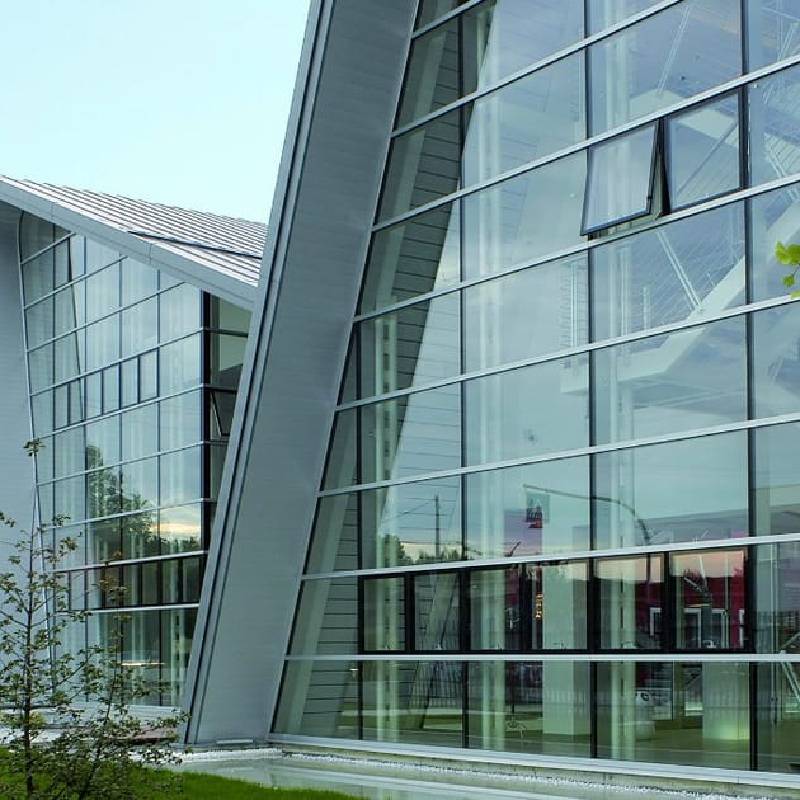

The Allure of Clear and Frosted Glass in Modern Design
Glass, in its myriad forms, serves as a versatile medium in contemporary design. Among its variations, clear and frosted glass hold a special place, each bringing unique aesthetic and functional qualities to spaces. This article explores the charm and practicality of these two types of glass, highlighting their applications in architecture, interior design, and everyday objects.
Clear glass is celebrated for its transparency and ability to create a sense of openness. It allows natural light to flood into spaces, enhancing warmth and vibrancy. This feature is particularly beneficial in small or dimly lit environments, where clear glass can create an illusion of expanded dimensions. Large clear glass windows and sliding doors are increasingly popular in modern homes, blurring the boundaries between indoor and outdoor spaces. They invite nature in, allowing homeowners to enjoy picturesque views while maintaining an airy feel.
In commercial settings, clear glass showcases products, making retail spaces more inviting and engaging. Showcases made from clear glass remove barriers between the customer and the merchandise, encouraging interaction. Additionally, office designs leverage clear glass partitions to foster collaboration by keeping spaces visually connected while providing sound isolation. This dual function enhances productivity while maintaining a sleek aesthetic.
On the contrary, frosted glass adds an element of privacy without sacrificing light. The translucent nature of frosted glass diffuses light, creating a soft, inviting glow while obscuring clear views. This makes it ideal for spaces where privacy is essential, such as bathrooms or conference rooms. In homes, frosted glass can be used in shower doors, windows, and internal doors, offering separation without closing off spaces entirely. The soft texture and opalescent quality of frosted glass contribute to a tranquil ambiance, making it a staple in spa-like environments.

Architects and designers often blend clear and frosted glass to achieve a harmonious design balance. For instance, a frosted glass wall can separate two areas while still allowing light to filter through, thus maintaining a sense of connectedness. This technique is popular in modern office spaces, where zones for collaboration coexist with quiet areas.
Beyond their practical applications, both clear and frosted glass come with a range of aesthetic possibilities. Clear glass can be framed in various materials like wood, metal, or even stone, fitting seamlessly into any design style, from minimalist to rustic. Frosted glass, with its subtle texture, adds a touch of sophistication and can be customized with patterns or colored tints to match any decor theme. Whether it’s a textured frosted panel for a feature wall or clear glass elements in furniture design, the possibilities are limitless.
Sustainability also plays a vital role in the growing popularity of glass. Made from abundant natural resources, glass is recyclable and environmentally friendly. Designers are increasingly choosing glass as a material that supports eco-friendly design principles, contributing to sustainable architecture while ensuring aesthetic appeal.
In conclusion, both clear and frosted glass are indispensable elements in modern design, each offering distinct advantages. Clear glass creates openness and connectivity, while frosted glass provides privacy and tranquility. Together, they enhance aesthetic appeal and functionality, bridging the gap between nature and constructed environments. As architecture and design continue to evolve, the charm and versatility of clear and frosted glass will remain a cornerstone, inspiring creativity and innovation in spaces around us.